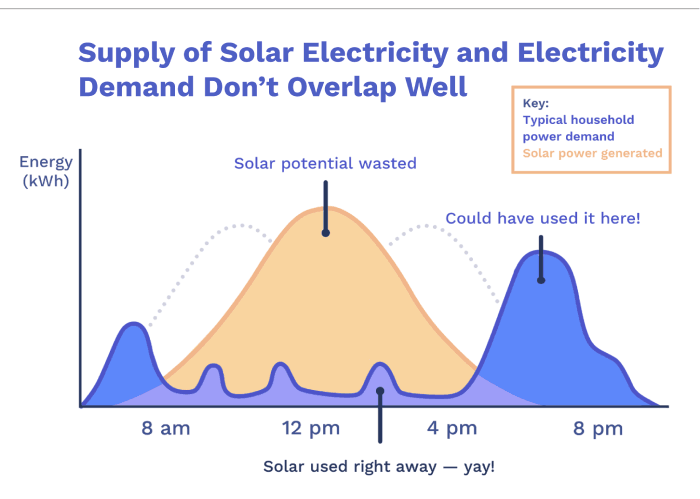Energy Storage: Electric Cars are Important but we Need Far More
6 minute read
Updated on: 03 Apr 2021
Making everything electric
What do phones, refrigerators, and TVs have in common? They use energy in the form of electricity.
Why do we want to make (almost) everything electric? Because clean nuclear reactors, solar panels, and wind turbines all produce electricity. To use this clean electricity, we need to be able to power transportation and heating with electricity rather than oil or gas.
Converting electricity to heat works well, so if we can produce enough cheap, clean energy, electrifying heating will be relatively easy.
What about transport? Electric cars with batteries are already becoming affordable and electric trucks may soon also be viable
. This covers 71% of the sources for transport emissions.
Improving battery performance, lifetime, and cost is at the heart of the transition to electric transport. Still, battery-powered airplanes and ships are unlikely to become a widespread reality due to the weight of the batteries required.
You can learn more about the battery technology behind all this in the “Advanced” variant of this course.
Can energy storage enable solar & wind?
Storing energy is a difficult task. It’s so difficult that our power grids are designed such that electricity is consumed the instant it is produced. Think of it like this: when someone turns on a lamp, a power plant somewhere must instantly increase its output slightly.
This creates three key challenges for when and how we store our energy. We’ll look at these one-by-one.
Level 1 Storage: seconds to minutes
Small fluctuations in demand and supply across minutes and seconds are often hard to predict. We can store enough energy to deal with these small bumps using various types of batteries.. Bigger problems come up when we need to store energy for hours, days, or months at a time…
Level 2 Storage: hours to days

Why we need storage across hours
Solar panels produce most electricity during the day, but household demand peaks in the evening. Level 2 storage would help us store electricity produced at noon (when the sun is out) for use in the evening.
There exist a lot of technologies we could use to solve these problems. Some popular ideas are listed below. (Remember that charging means putting energy in and discharging means getting energy out.)
- Pumped Hydro: Charge by pumping water up a hill. Store it in a reservoir. Discharge by letting it flow down to spin a turbine.
- Flow Batteries: Like normal batteries, but made of liquid rather than simply solid materials
.
- Thermal Storage: Big refrigerator. Charge by using electricity to heat one substance and cool another. Discharge by using the temperature difference to spin a turbine
.
- Compressed Air: Charge by squeezing air into a hole underground. Discharge by releasing the air and letting it spin a turbine
.
Pumped hydro is the most commonly used storage solution at the moment, but it’s unfortunately only an option in places with large mountain areas. The other existing technologies are unfortunately too expensive or technologically unsuitable for this kind of energy storage
. For example, experts say that the batteries like those used in electric cars are 15-25 times too expensive to be used for level 2 grid-scale storage
.
Luckily, there is potential for improvement as we do more research and the market for energy storage grows. For a more detailed analysis of storage technologies, check out the “Advanced” version of this course.
Level 3 Storage: weeks to months
Rather than storing energy to be used at another point in the day, level 3 storage involves storing energy for another point in the year. This is especially important in countries further from the equator, because they have a bigger difference between seasons:
We currently have no scalable or practical solution for this.
Could we avoid the need for level 2 and level 3 storage? Let’s talk about the pros and cons of nuclear energy and how it might help us with that.
Next Chapter


